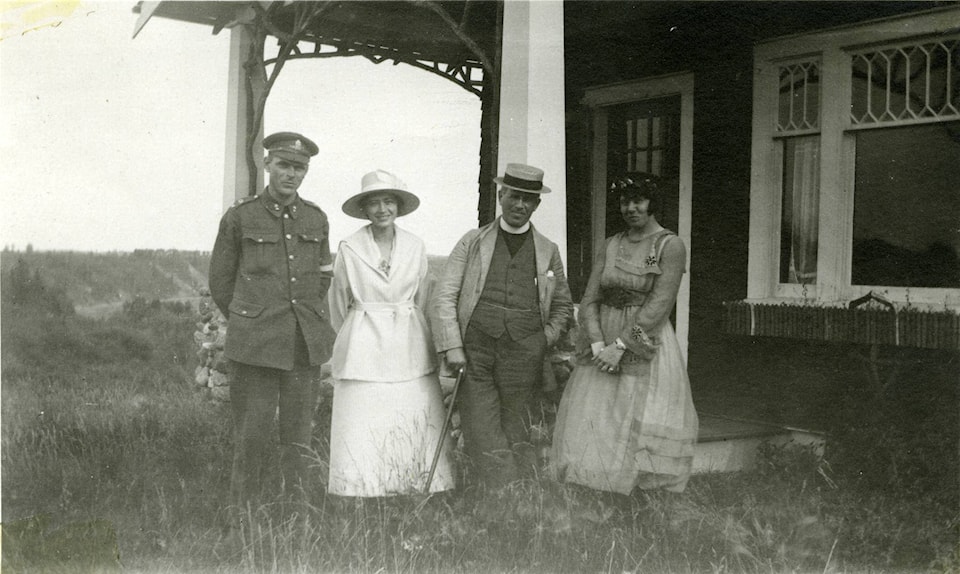One important historical event, which has largely gone unnoticed, has been the centennial of Red Deer’s oldest active militia unit – the 78 Field Battery, Royal Canadian Artillery. It is a unit with a very proud history. Moreover, the officer commanding of the 20 Field Artillery Regiment, of which the 78 Battery is a part, is Lieutenant Colonel Jason Snider of Red Deer.
On February 2, 1920, a little over a year after the end of the First World War, the 20 Field Artillery Regiment was officially established in Alberta. The artillery had proved decisive in such Canadian victories as Vimy Ridge during the war. Hence, the military wanted to ensure a strong and active artillery militia in the post-war period.
The next steps in creating that militia artillery involved creating component units for the 20 Field Regiment. During the war, there had been a 78 Battery, of the Canadian Field Artillery. However, it had been headquartered at Lethbridge and was used for reinforcements for units serving overseas.
In the fall of 1920, a decision was made to officially disband the original 78 Battery, C.F.A. Shortly thereafter, it was announced that a new 78 Battery would be formed in Red Deer.
Reginald C. Lister was appointed to be the officer commanding and chief recruiting officer for the new Battery. He had extensive experience as an artillery training officer. He also had a very distinguished record during the war, being decorated both with the Military Cross and Military Medal.
Major Lister had moved to Red Deer shortly after the end of the war. He was very active in building up the Great War Veterans Association. He was also an avid sportsmen and very active with the local Boy Scouts.
After assuming command of the new 78 Battery, Major Lister focused on recruitment. He also had to arrange for proper quarters for the unit. The Red Deer Armouries were being used by the new D Company of the First Alberta Regiment (infantry) and were therefore unavailable for use by the Battery.
Hence, Major Lister signed a three-year lease to use the old Empress Theatre building, on 51 Street, as the Battery headquarters and drill hall. All kinds of equipment and uniforms were acquired for use by the recruits. Arrangements were also made to have four new British-made 18 pounder field guns shipped to Red Deer for training.
The City of Red Deer granted permission to use the Red Deer Fairgrounds for militia training in the early summer. After that, the men of the Battery went to Camp Sarcee in Calgary for field gun training and practice. Those who were considered to be good candidates to become non-commissioned officers went to Winnipeg for additional training with the Royal Canadian Horse Artillery.
Major Lister felt that the best way to build up comradery in the Battery was to involve the men in a range of activities, other than just drills and military training. The artillery drill hall was fitted up so it could be used as a gymnasium for indoor sports. The old theatre already had a stage. That proved very useful for lectures and speeches, as well as regular dances for the artillerymen, their spouses and friends.
The biggest social event was the annual regimental ball, which was organized for Halloween Night. It was staged at the Armouries as there was much more room for the festivities. Huge crowds turned out for the occasion and it became one of the “must-attend” community events for Red Deer.
The war was still a very recent memory. The Artillery Battery took a major role in organizing the annual Memorial Day commemorations. There wasn’t a Cenotaph (public war memorial) in Red Deer yet. Hence the 78 Battery, the First Alberta Regiment, veterans and a great many members of the public formed up in front of City Hall.
The parade went east along Ross Street and up the East Hill to the Soldiers Sanatorium for veterans suffering from PTSD. The procession then proceeded the short distance to the north to the Red Deer Cemetery. Commemorative ceremonies were held there and wreaths were laid at the graves of those who had lost their lives in the war.
Red Deer historian Michael Dawe’s column appears Wednesdays.
